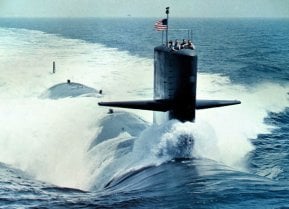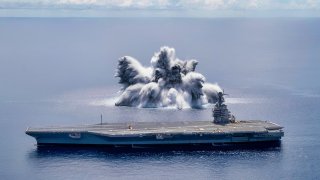The Problem with U.S. Navy Ford-Class Aircraft Carriers
USS Gerald R. Ford (CVN-78) represents the pinnacle of modern aircraft carrier design, yet the vessel’s significant costs, complex maintenance, and vulnerability concerns cast doubts on the future of supercarriers.
What You Need to Know: USS Gerald R. Ford (CVN-78) represents the pinnacle of modern aircraft carrier design, yet the vessel’s significant costs, complex maintenance, and vulnerability concerns cast doubts on the future of supercarriers.
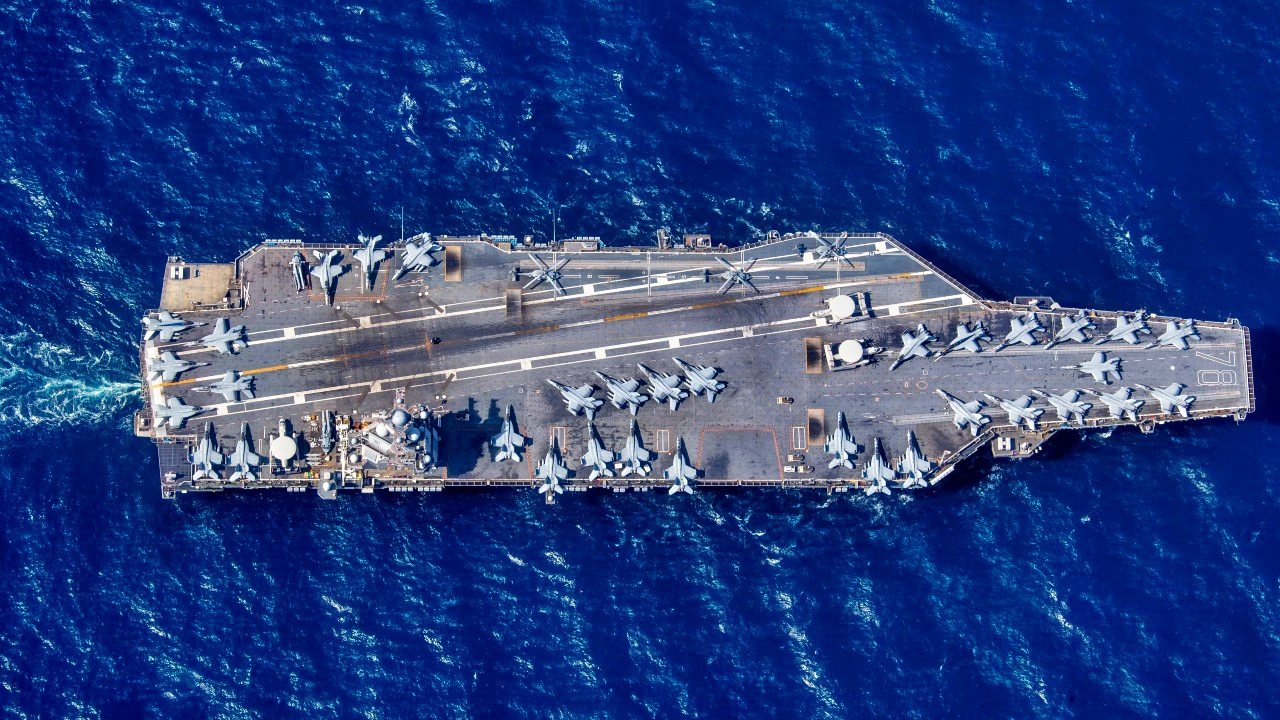
-Though nuclear-powered carriers offer nearly unlimited range, their massive size and complexity make them high-value targets susceptible to various threats, including cyber attacks. Additionally, the end-of-life disposal for these nuclear giants is costly and time-consuming.
-Some argue the Navy should consider updating conventionally powered carriers or expanding the fleet of more versatile and cost-effective America-class amphibious assault ships, especially for operations in the Indo-Pacific.
Is the USS Gerald R. Ford the Last of the Navy’s Nuclear Supercarriers?
The USS Gerald R. Ford (CVN-78), the newest and largest nuclear-powered supercarrier ever built, has finally headed out to sea for extended deployment and returned. The warship is the lead vessel of a new class of United States Navy aircraft carriers that will replace the aging Nimitz-class on a one-for-one basis over the coming decades.
Featuring greater automation, which allows the ship to operate with a smaller crew, CVN-78 is also among the most advanced warships ever built. As the largest warship ever constructed in terms of displacement, USS Gerald R. Ford is an impressive vessel that will likely serve as power projection throughout the world for decades to come.
Yet, even as she is loaded with new and innovative technologies, there has remained issues with numerous systems that haven't exactly worked as planned. From the ship's toilets, which regularly clog, to the ordnance elevators that didn't function properly; numerous systems have had serious teething issues that have needed to be resolved. Given those problems, it would be easy to dismiss the carrier as a huge money pit in the water and perhaps even suggest that CVN-78 is actually a bad carrier.
The bigger question is whether the Gerald R. Ford-class could end up being the end of the line for true aircraft carriers.
A Century of Aircraft Carriers
It is worth noting that it has only been about a century since the United States Navy first began to operate carriers – and at the time many naval leaders still saw the battleship as the dominant surface combatant. Fast forward, and today no one operates anything close in size to battleships, and the closest is Russia's aging Soviet-era battlecruisers that never quite delivered on their promise.
Simply put, guided missile destroyers can fill the same role of the old big gun battleships, while being quicker to build, cheaper to operate and requiring a significantly smaller crew.
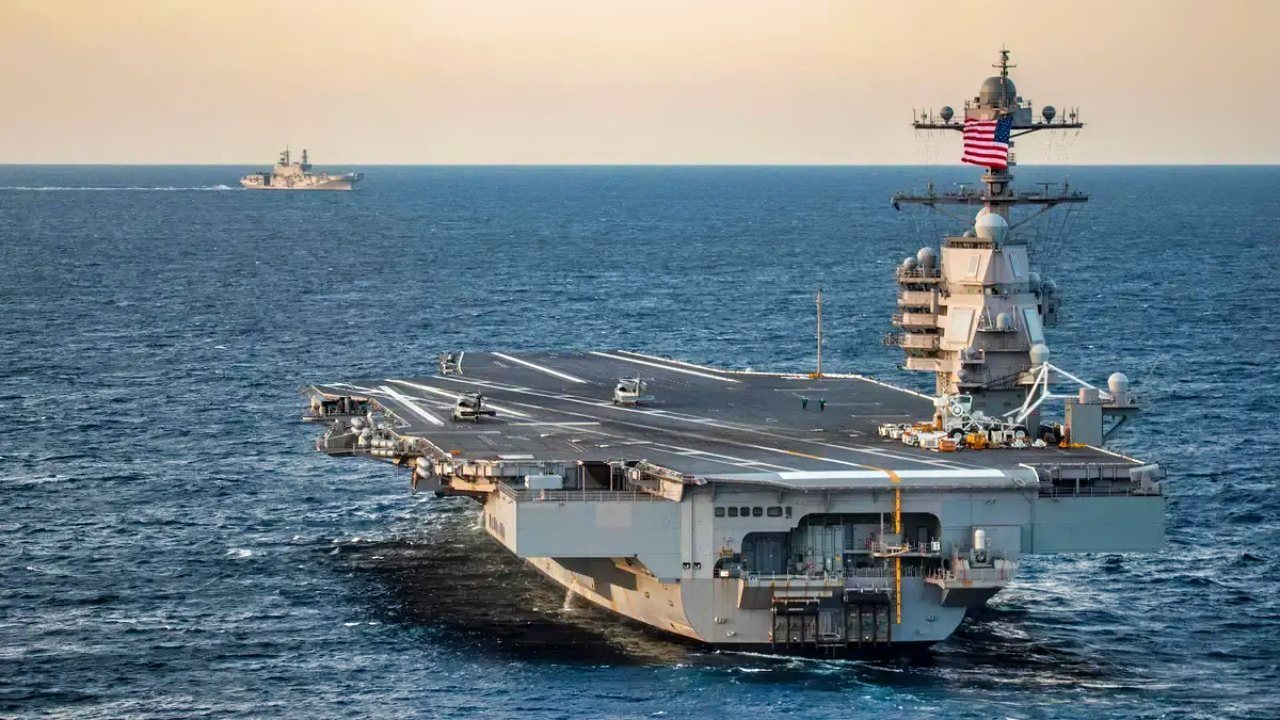
Aircraft carriers may not be so easy to replace. Few warships can do what carriers can do – notably in being a floating airbase.
Yet, a major concern is that a supercarrier could be really a big target. The old fear was from enemy aircraft and submarines, but the threat now includes hypersonic missiles, undersea unmanned vehicles (UUVs), and unmanned aerial vehicles (UAVs). Low-tech threats still remain a concern as well, as was seen on October 12, 2000, when suicide terrorists exploded a small boat alongside the USS Cole.
It wouldn't really take all that much to do considerable damage to such a high-value target.
In addition, the systems are now so complex that they could even be targeted in a cyber attack. The question is whether the United States Navy needs such a massive floating airbase that faces so many threats.
Replacement Cycle and Ford-Class
The biggest argument against a nuclear-powered carrier is that it really isn't an efficient system. Yes, such a vessel has nearly unlimited range, yet the endurance is only as great as the food and water it can carry. A ship that can stay a sea indefinitely is good until one considers that it still needs to be supplied with fuel for the aircraft and food for the crew.
During the global Covid-19 pandemic, USS Nimitz (CVN-68) completed the longest deployment of a carrier since the Vietnam War, spending 321 days at sea. It was hardly good for the crew, who had to endure 10 months at sea, but it also pushed the ship hard and required a lengthy maintenance period. Even worse, the Nimitz-class carrier USS Theodore Roosevelt (CVN-71) was sidelined for months due to an outbreak of Covid that impacted more than a third of her crew.
Massive vessels that have such massive crews could be just as susceptible in another pandemic.
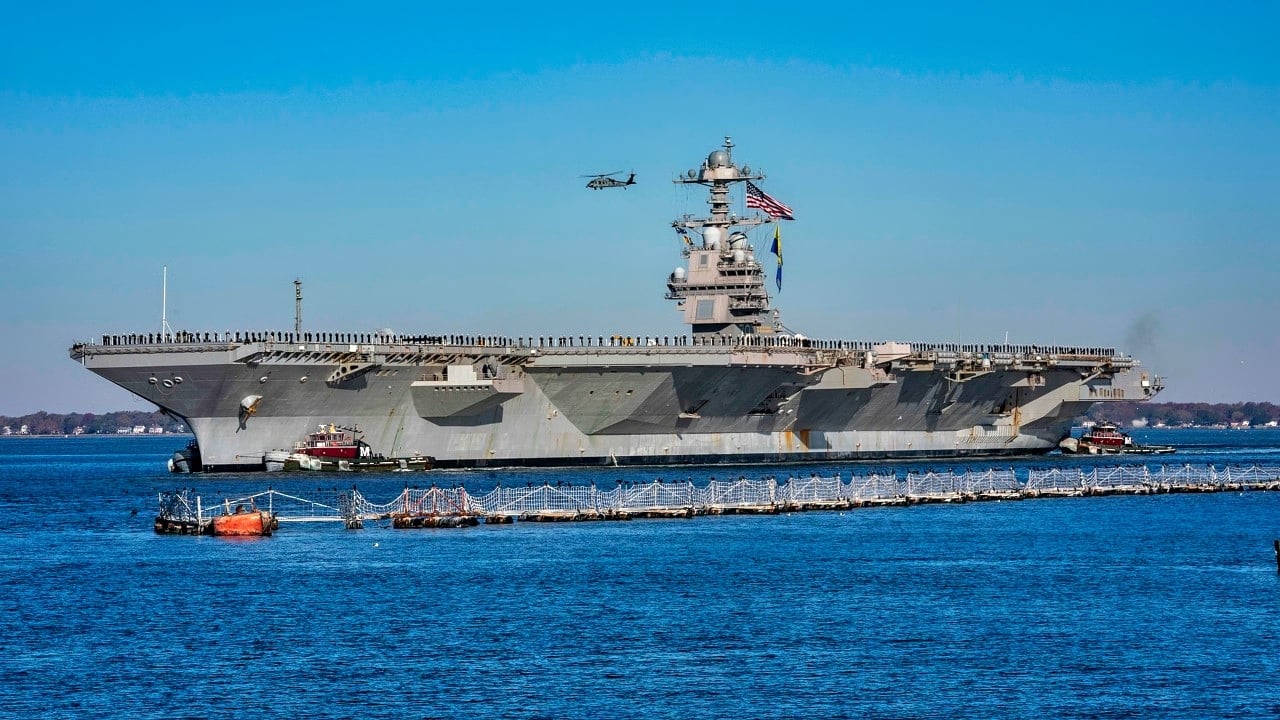
Then there is the fact that even the regular maintenance of these supercarriers take months and there is little indication that this will be improved on CVN-78 or the other Gerald R. Ford-class flattops. Moreover, the mid-life refueling of the nuclear reactors takes the ships out of service for years! The United States Navy may have 11 nuclear-powered carriers in its fleet, but rarely are more than five or six deployed at any one time.
Life Cycle Woes
Yet, the biggest consideration on why these new supercarriers are just a bad idea is that there seems to be little planning for their end of life. Even as the cost to construct the next ships in the class has fallen, there are the billions of dollars that the Navy will have to pay to eventually dispose of these vessels. It was reported that it could take more than a decade and a half to fully dismantle and scrap USS Enterprise (CVN-65), the first nuclear-powered aircraft carrier, while the price tag could be more than $1.5 billion.
Even once the issues with CVN-65 are addressed, the Navy will have to deal with the Nimitz-class carriers that the new Ford-class will be replaced on a one-for-one basis. This issue isn't likely to get better with the newest carriers being built.
Each may be impressive, but the Gerald R. Ford-class carriers take years to build, costs a not-so-small fortune, require massive maintenance and will take years to dismantle. Perhaps it would be wiser to update the conventionally powered Kitty Hawk -class, and complement them with more America-class amphibious assault ships (LHDs), which would be better suited to a potential war in the Indo-Pacific. Each of those flattops would be cheaper to build, we could build more of them, and they'd be easier to retire when the time comes. And they aren't a nuclear disaster waiting to happen should a terrorist get lucky.
Author Experience and Expertise: Peter Suciu
Peter Suciu is a Michigan-based writer. He has contributed to more than four dozen magazines, newspapers, and websites with over 3,200 published pieces over a twenty-year career in journalism. He regularly writes about military hardware, firearms history, cybersecurity, politics, and international affairs. Peter is also a Contributing Writer for Forbes and Clearance Jobs. You can follow him on Twitter: @PeterSuciu. Email the Author: [email protected].
All images are Creative Commons.
